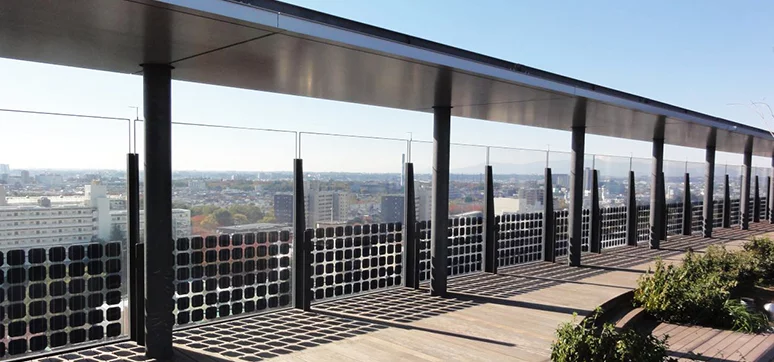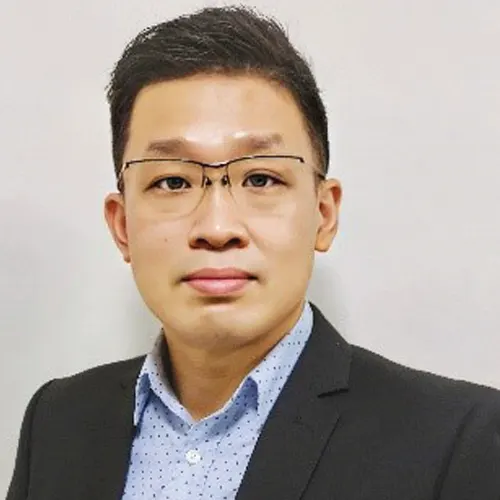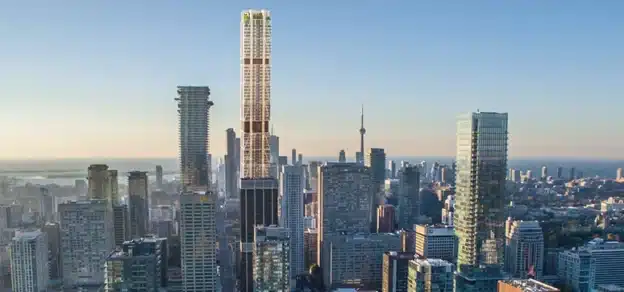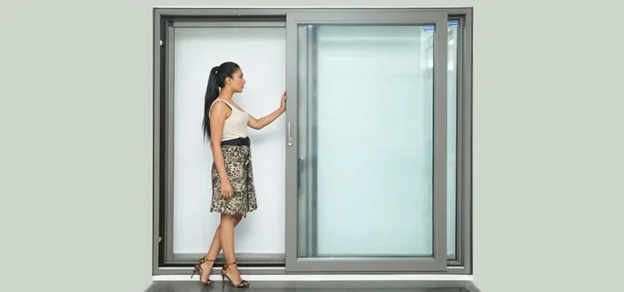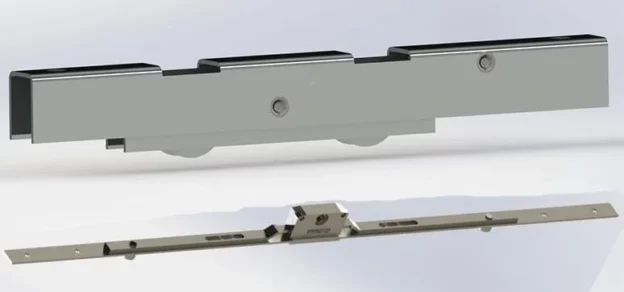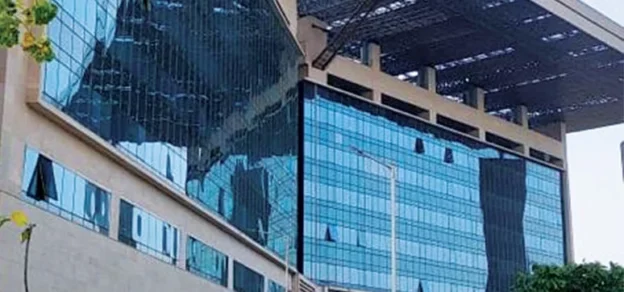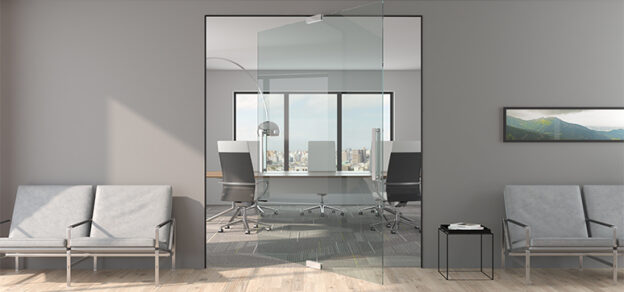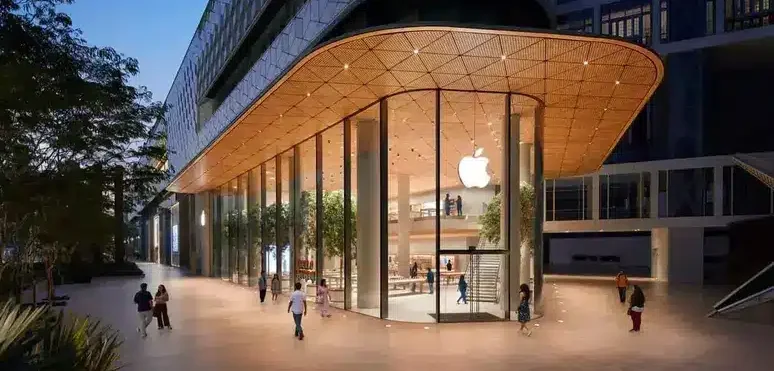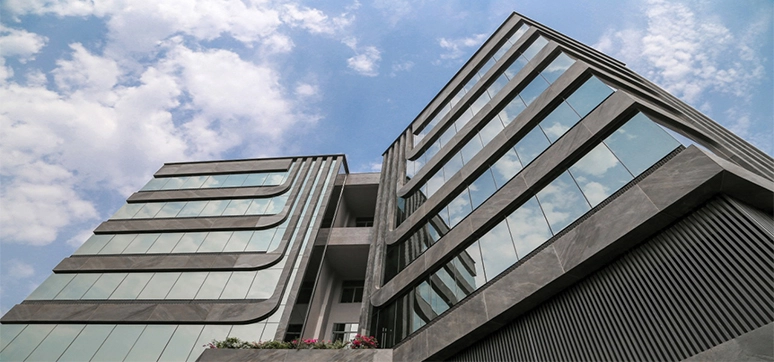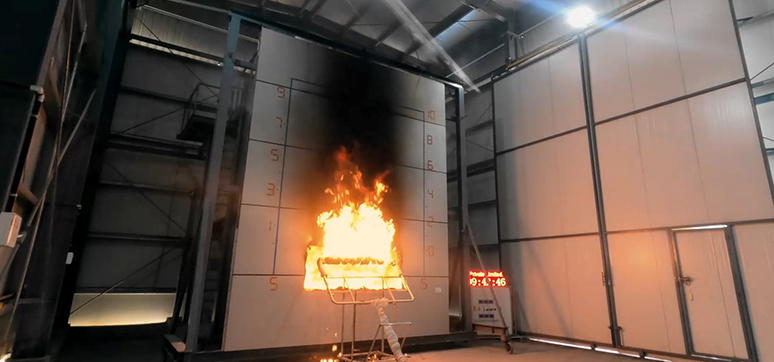As societies move towards being carbon neutral, the Singapore government is targeting to achieve the climate ambition of net zero carbon emissions by mid of 21st century. In 2019, Singapore introduced the carbon tax and Bloomberg reported in February 2022 that the carbon tax levels will rise progressively from 2024. In addition, the electricity tariff in Singapore influenced by the gas and oil costs has also increased steadily since January 2021. These events brought about the urgency for organisations to explore innovative solutions with renewable energy.
Singapore’s shift towards renewable energy is not the most straightforward one due to our geographic limitations. Being a small and resource-constrained country, Singapore is constrained by limited space and low average wind speeds, making it unsuitable for harvesting wind energy and hydropower. While solar energy is one of the promising renewable energy sources on our sunny tropical island, we still lack the space for mega-solar installations.

In our efforts to harvest solar energy, it is important to consider the need to encroach land and waterways for solar farms and transmission grids. We can do this with the introduction of on-site renewable energy that will be generated within the building itself. With the ability to produce on-site renewable energy, we will have increased reliability and stability toward energy efficiency. We are compelled to future-proof our buildings and ensure sustainability towards a carbon-neutral city. For real estate investments and portfolios, it is critical to have the ability to produce on-site renewable energy. It is also inevitable that sustainability trends are impacting consumer and commercial choices.
Currently, most landlords and owner-occupiers are on board with the idea of solar panels on rooftops to produce on-site renewable energy. However, with only a small rooftop area available for all the tenants on most high-rise buildings in Singapore, this option may not be available to them. Therefore, there is a need to examine the multifunctionality of the building façade, where Building Integrated Photovoltaics (BIPV) can be designed to convert the building façade into a renewable energy-based generator. Solar energy can be harvested from the integration of solar cells within architectural applications, such as façades, skylights, canopies, and balustrades.
For most BIPVs, there are two standard variations of the BIPV module. The laminated BIPV module is made up of extra clear low iron glass, an interlayer film, embedded solar cells, and another glass panel. BIPV Insulated Glass Unit will consist of an extra clear low iron glass, an interlayer film, embedded solar cells, a glass panel, an additional air gap, and an internal glass panel. Similar to most façade designs, the thickness and configuration of the modules can be customised by most manufacturers.

With the right configuration and application, BIPV will achieve the perfect balance between energy efficiency and aesthetics. It will also incorporate the ability to harvest solar energy while enabling daylighting with solar heat-gain control possibilities. Benefits of BIPV Unlike conventional solar panels, there are BIPVs that have transparent properties and allow visible light transmission into the building. These unconventional BIPVs have enhanced durability against moisture compared to conventional solar panels. With the recent technological advancement in BIPV, module efficiency has improved with better energy performance. There are innovative technologies in the market that can achieve visible light transmission by customising the position of the solar cells within the BIPV panel.
BIPV Solutions with Transparency The Hikari in Lyon, France features SunEwat Vision Square BIPV with customised cell position on its façades which enables visible light transmission at the eye level of the occupant. The positive energy mixed-used development has demonstrated that a building can produce more energy than it uses.
The Tokyo University of Agriculture in Japan features the SunEwat Vision Square BIPV balustrade which consists of bi-facial cells (two-sided solar cells) to attain energy generation on two elevations. In the morning, the BIPV will harvest energy from the east elevation and from afternoon to evening, the west elevation. The position of the solar cells was also customised to enable transparency on the upper part of the panel in order not to block the view.
Kirin Yokohama Beer Village in Japan was installed with SunEwat Vision Stripe BIPV as a façade solar cells were laser cut and embedded in the glass to achieve a Japanese bamboo blind aesthetic. It can generate electricity while maintaining high visible light transmission and transparency. From a distance, one will not be able to notice the stripes embedded in the glass. The closeup view will reveal the stripes embedded in the glass, which recreate the look of a bamboo blind embedded in the vision glass.
Opaque Solutions with BIPV
There are also multiple opaque solutions with BIPV designed to be integrated as spandrels, claddings, and sun fins. Colour matching in the spandrel remains to be a difficult subject as the spandrel glass should simulate the appearance of the vision glass to achieve the appearance of an all-glass façade. A rise in adopting BIPV design as spandrel glass is gaining interest among designers. The SunEwat Stopray Active is a spandrel glass with embedded solar cells concealed behind a reflective coating. It is designed to blend seamlessly with low-emissivity coated glass to harvest solar energy and bring about colour harmonisation.
BIPV with graphics and visuals can also be integrated into the façades. This design is a solution for developers, architects, and consultants who appreciate their freedom of design as the graphics can visually communicate information with typography and colour in the form of a solar panel. Designs of natural elements such as brick, granite, or stone can also be integrated into the panel. It is also suitable for visuals such as company logos, branding visuals, and corporate social responsibility campaigns. The printing possibilities are endless.
Ateliers Jean-Nouvel achieved a golden appearance for the Tours Duo skyscraper in Paris, France designed and integrated with SunEwat Artlite Active BIPV. For buildings to achieve uniform aesthetics, there are uniform-coloured glass panels with solar cells concealed behind high-quality light transmissible paint. Special energy-transmitting paint enables solar energy to be harvested in opaque BIPV glass. These panels are also available in both gloss and matt finishes.
ANMA Architectes Urbanistes designed a black SunEwat Lacobel T Active BIPV as an origami-like roof for the French Ministry of Defense Building. It is made of angular sections and can harvest solar energy from different angles in this massive project. The uniform color on Elithis Danube Tower in Strasbourg, France was achieved by combination with SunEwat Lacobel T Active BIPV. X-TU, the architect designed this positive energy residential tower with BIPV to replace conventional façade materials with on-site renewable energy applications.

Future with BIPV
Pursuing green building certification is critical for most building owners in Singapore. Recent changes to the Building and Construction Authority (BCA) Green Mark scheme are a part of Singapore’s policies toward becoming a carbon-neutral city. With the introduction of the BCA Green Mark 2021, more stringent requirements toward energy efficiency and sustainability must be attained before buildings can be certified. BIPV, as a source of renewable energy, will certainly contribute to performance targets for building certificates such as BCA Green Mark and LEED.
Aside from meeting carbon neutral and net zero carbon targets, the future of BIPV lies in public education and awareness of the BIPV system. In the past, the low-efficiency BIPV systems have caused the niche development of BIPV in Singapore. Several architects, consultants, and developers are concerned about low energy output. As technology advance towards module efficiency in BIPV, the conversion efficiency of BIPV has significantly improved. With more developments adopting highly efficient BIPV as on-site renewable energy, BIPV implementation is set to be on the rise.
Multi-disciplinary consultants who were involved in these BIPV implementations would support the spread of the technology adoption, which will result in rational decisions toward BIPV in future developments. The need to reduce the dependence on fossil fuels and progress towards a carbon-neutral city is imperative. As more developments and projects in Singapore strive to achieve super low energy or net zero energy buildings, there is no doubt that BIPV will be an essential part of sustainable buildings.

